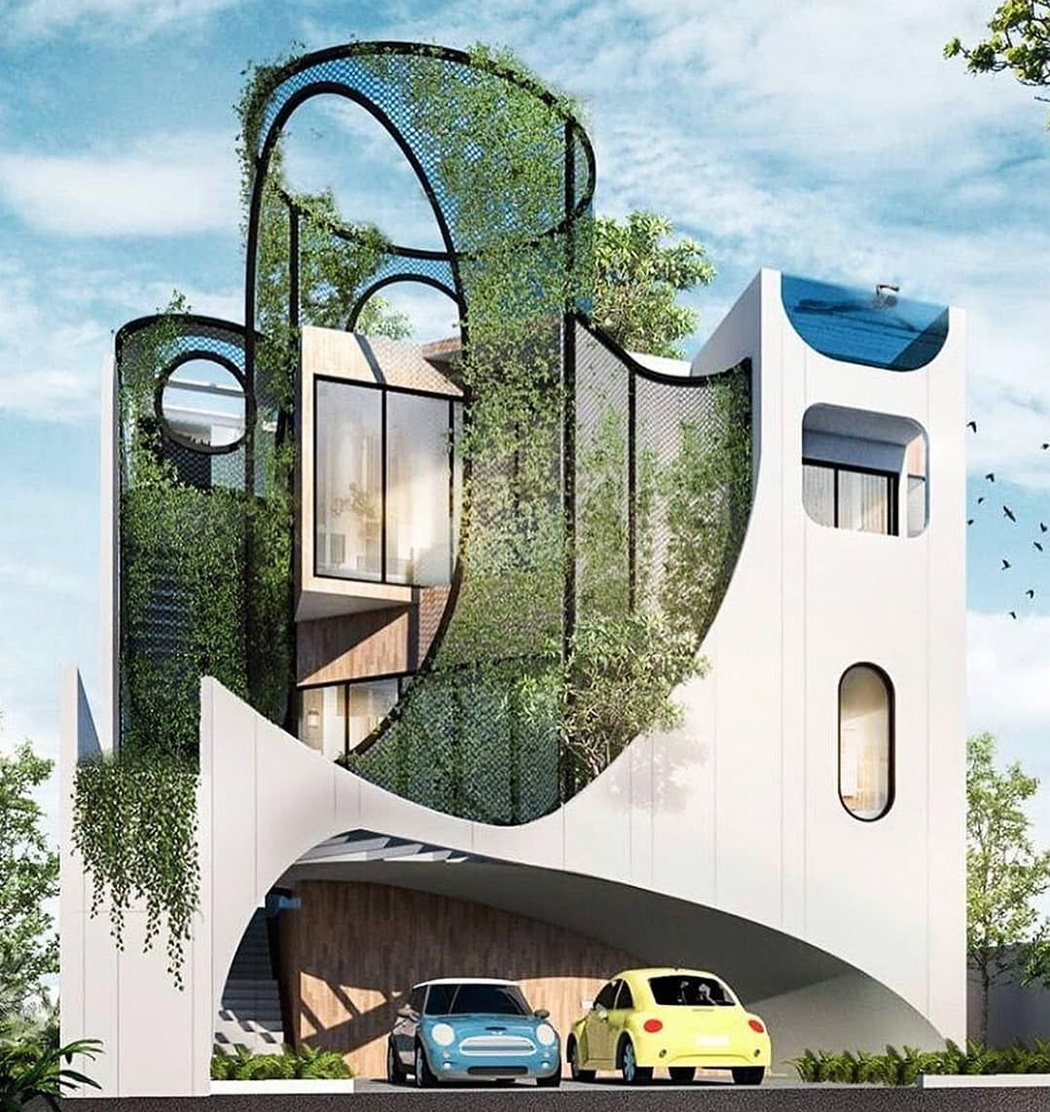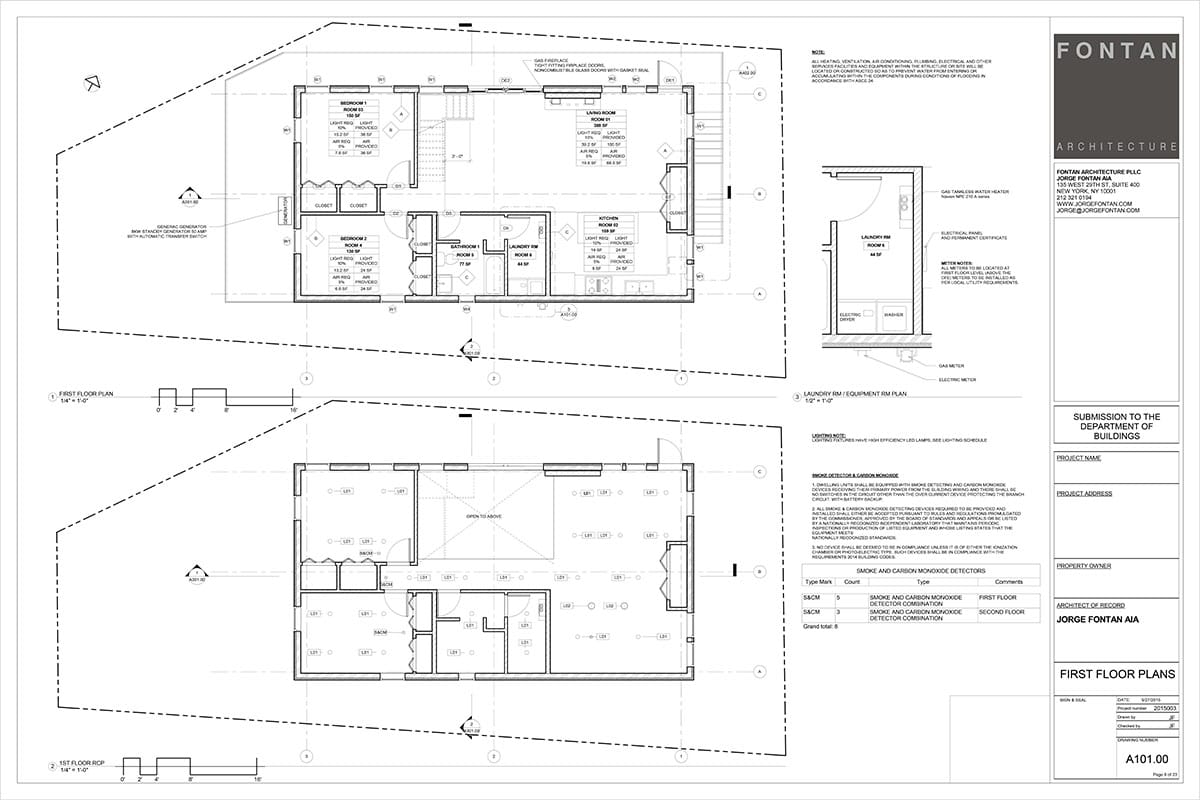The Creative Refine Behind Successful Tasks from CDA Architects
A Thorough Overview of Building Designs and Their Influence on Modern City Planning and Advancement
Architectural designs have actually long served as a mirror to the social worths and technological developments of their time, playing a vital duty in forming contemporary city preparation and growth. From the majesty of Neoclassicism to the practical method of Brutalism, each design has introduced special principles that influence urban appearances and capability.
Historic Review of Architectural Styles
Throughout history, building designs have evolved in feedback to cultural, technical, and environmental factors. Each period reflects the dominating worths, ideas, and advancements of its time, leading to a rich tapestry of layout that symbolizes human creative thinking and adjustment. The old people, such as the Egyptians and Greeks, established fundamental designs that highlighted balance and proportion, serving both useful and aesthetic objectives.
As cultures transitioned via the Middle Ages, Gothic style arised, characterized by its verticality and complex outlining, matching the spiritual aspirations of the age. The Renaissance marked a revival of timeless suitables, merging art and design in innovative manner ins which influenced subsequent styles throughout Europe.
The Industrial Change presented new materials and construction techniques, triggering motions like Innovation, which tested conventional forms and welcomed simplicity and capability. The 20th century saw a diversification of styles, with Postmodernism responding versus the raw minimalism of its precursor, including historic referrals and eclectic aspects.
Today, architectural designs continue to progress, driven by globalization and sustainability problems, showing a dynamic interplay between heritage and technology. This historic overview emphasizes the value of style as a mirror of social development and as a stimulant for city growth.
Trick Architectural Styles Explained
The diversity of architectural designs mirrors the myriad influences that form our built setting, each embodying distinctive characteristics and social values. Key building designs include Classic, Gothic, Baroque, Modernism, and Postmodernism, each representing one-of-a-kind historic contexts and visual ideologies.
Classical design, rooted in ancient Greece and Rome, stresses balance, percentage, and the use of columns. In comparison, Gothic style, prospering between Ages, is identified by pointed arches, ribbed safes, and flying buttresses, producing an ethereal quality in sanctuaries. Baroque architecture, arising in the 17th century, is noted by splendour, elaborate decoration, and a dynamic interaction of light and shadow.

Comprehending these designs offers understanding into the cultural narratives and technical advancements of their respective eras, highlighting just how architecture offers not equally as a shelter, however as a reflection of social worths and desires.
Influence on Urban Planning
In forming the development of cities, architectural designs significantly affect metropolitan preparation decisions. The option of building design often determines the looks, capability, and overall personality of urban environments.
In addition, architectural styles can affect zoning laws and land utilize plans. Urban coordinators have to consider the prevailing building trends when Get the facts creating districts, making certain that brand-new developments harmonize with existing structures. This factor to consider cultivates natural city landscapes and improves area identification.
The implementation of specific building designs can additionally affect socioeconomic aspects within a city. As an example, premium modern designs might attract upscale locals and companies, causing gentrification, while a lot more inexpensive housing solutions may focus on sensible and sustainable designs to fit diverse populations. Inevitably, the interplay between architectural designs and urban preparation produces vibrant cities that show both historic context and modern demands, forming the lived experiences of their citizens.
Sustainability and Modern Style
Architectural styles play a crucial role in addressing contemporary obstacles, specifically in the realm of sustainability. As urban locations increase and ecological concerns escalate, modern-day architecture progressively welcomes lasting style concepts that prioritize power effectiveness, source preservation, and very little environmental influence.
Contemporary building motions, such as biophilic design and green style, advocate for structures that integrate with their surroundings, making use of natural products and promoting biodiversity - cda architects. These styles commonly integrate renewable resource resources, such as photovoltaic panels and wind generators, to lower reliance on fossil gas and reduced carbon footprints
Additionally, the assimilation of advanced modern technologies, such as smart structure systems, enhances energy management, optimizing resource use visite site while guaranteeing resident comfort. Innovative water management techniques, including rainwater harvesting and greywater recycling, further add to sustainable urban atmospheres.
Notably, sustainability extends past environmental worries; it encompasses social and financial dimensions as well. By fostering area well-being and advertising inclusivity, contemporary architectural designs straighten with lasting development objectives. The development of architectural techniques continues to form resistant cities that not only satisfy informative post the needs of the present however likewise guard the future for generations to come.
Area Interaction in Design
Neighborhood engagement in design works as a crucial bridge in between engineers and the populations they serve, guaranteeing that the developed setting reflects the requirements and desires of its individuals. This collective process invites community participants to contribute their understandings and preferences, cultivating a feeling of possession and responsibility towards the spaces they populate.
Reliable neighborhood involvement employs numerous techniques, such as workshops, surveys, and public discussion forums, to collect diverse point of views (cda architects). These strategies assist in a two-way discussion, allowing engineers to comprehend local contexts while encouraging citizens to articulate their worries and needs. This inclusivity not only boosts the layout high quality but likewise advertises social equity by addressing the one-of-a-kind challenges encountered by marginalized groups

Conclusion
Architectural styles have actually exceptionally influenced modern-day city preparation and development, mirroring progressing social and technological contexts. The integration of historic looks with modern demands promotes urban environments that prioritize sustainability and area engagement. As cities proceed to grow and adjust, the recurring discussion in between architectural heritage and modern layout principles will certainly stay important in developing inclusive, vivid spaces that enhance lifestyle and advertise social equity. The future of urban growth joints on this harmonious balance.